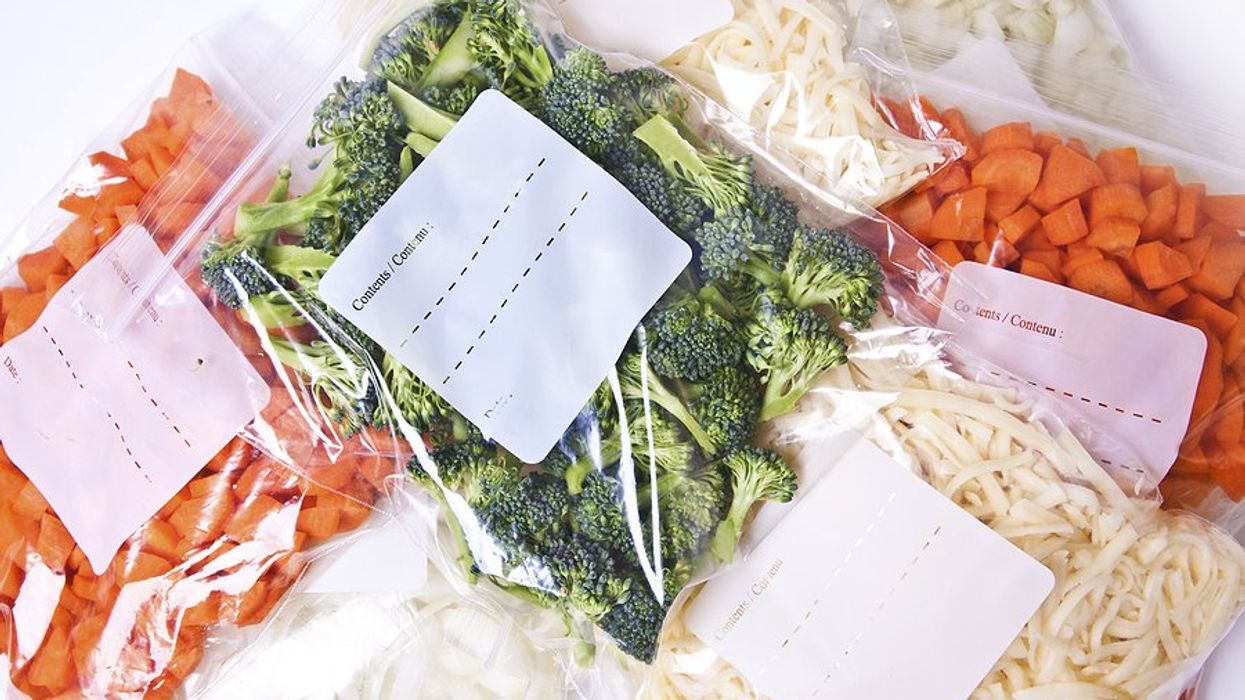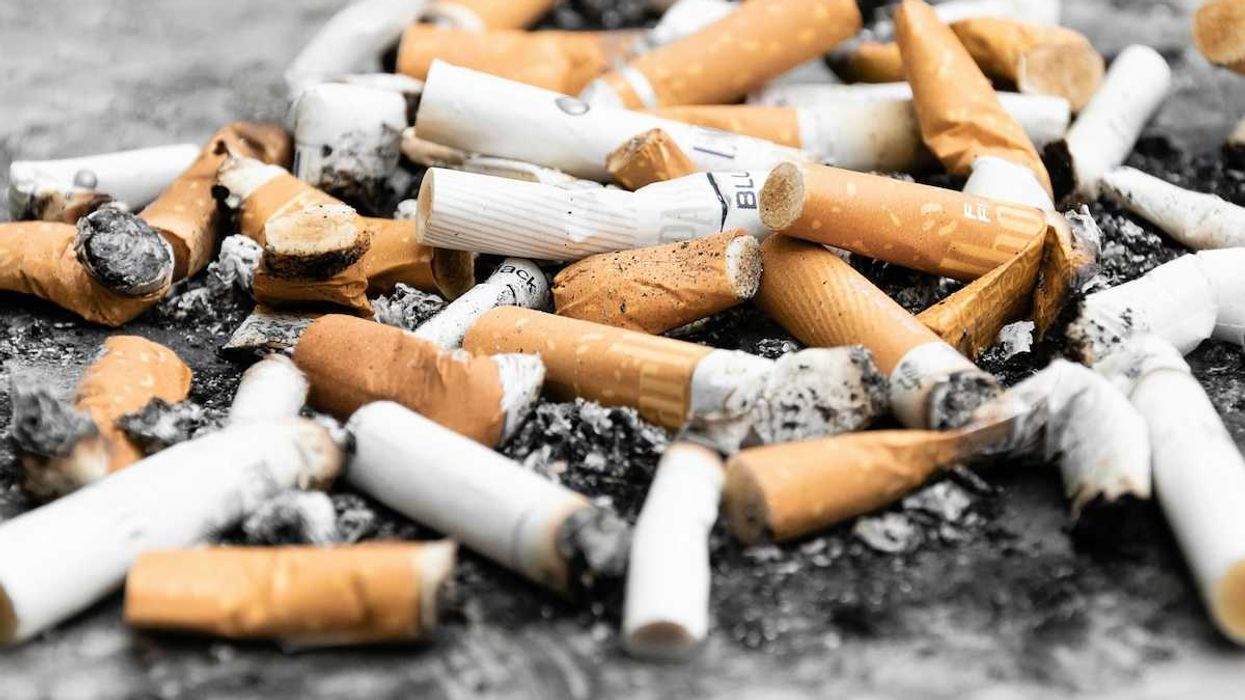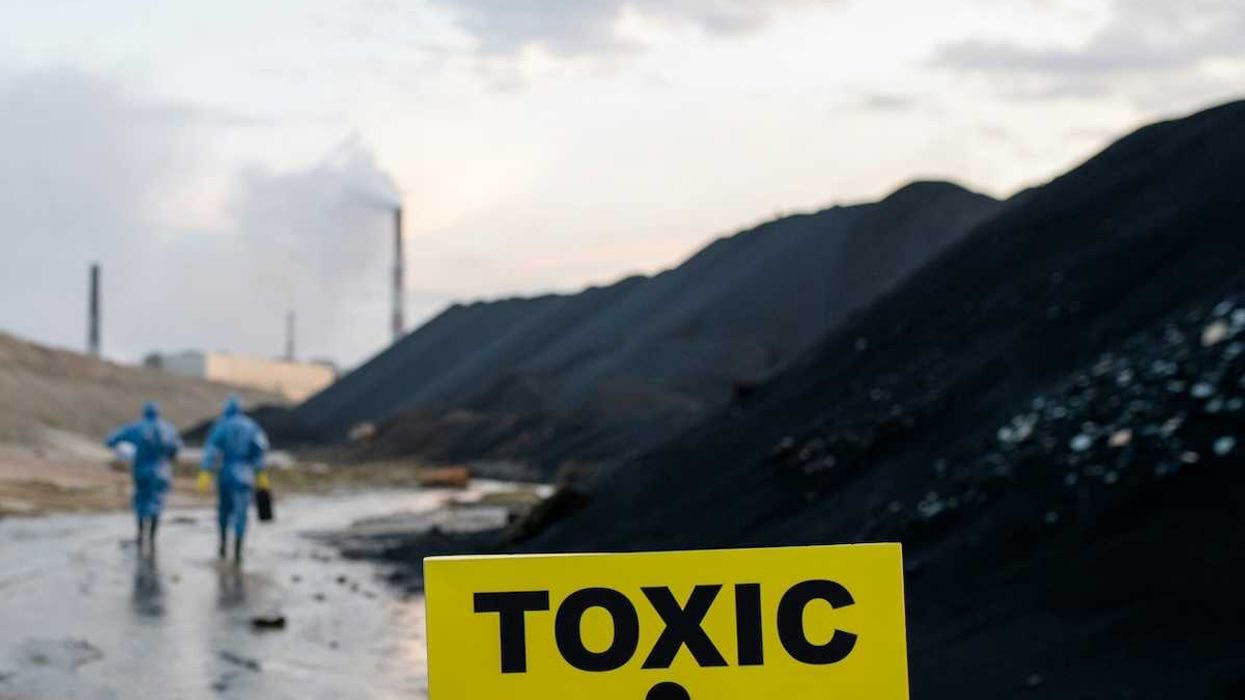The U.S. Food and Drug Administration (FDA) has approved a new natural food dye made from gardenia plants and is pressing the food industry to eliminate petroleum-based synthetic dyes like Red No. 3, which has been linked to cancer.
Brian Bienkowski reports for The New Lede.
In short:
- The FDA approved gardenia blue, a natural dye for use in drinks, candy, and teas, as part of a broader push to phase out synthetic food dyes.
- The agency urged food makers to stop using Red Dye No. 3 ahead of a 2027 deadline, citing health concerns and public pressure.
- Major food brands and trade groups are responding, with commitments to remove synthetic dyes from school foods by 2026.
Key quote:
“This expedited timeline underscores our serious intent to transition away from petroleum-based synthetic dyes in the food supply.”
— Dr. Marty Makary, FDA commissioner
Why this matters:
Synthetic food dyes, especially those derived from petroleum, have raised concerns from scientists and health advocates for decades. Red Dye No. 3, in particular, has been linked to cancer and behavioral issues in children, yet it remains in thousands of popular foods — from cereals and candies to yogurts and salad dressings. The chemicals often slip into products aimed at children, where vibrant colors can mask poor nutritional value. Nearly one in five packaged foods in the U.S. contains synthetic dyes, according to recent research. While the FDA's action signals growing recognition of these risks, many other harmful chemicals remain in the U.S. food system and packaging. As consumer preferences shift and evidence of harm mounts, the pressure builds on regulators and manufacturers to reconsider what’s truly safe in the American diet.
Related EHN coverage: Behind the Ban: Breaking down the risks of Red Dye 3 and chemicals like it














